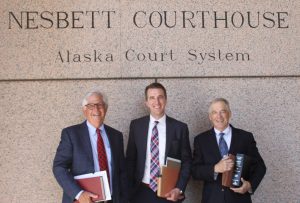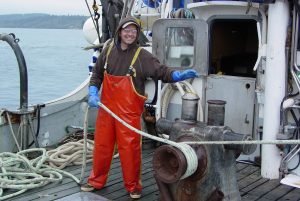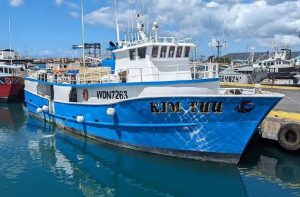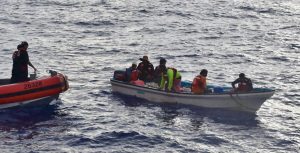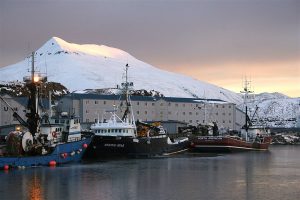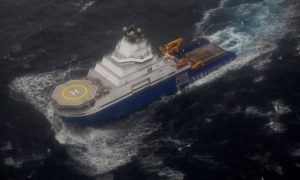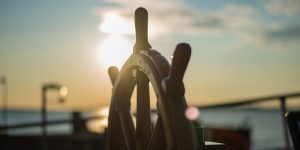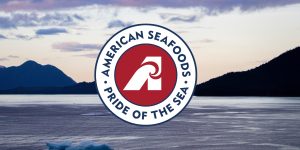Bycatch of Nearly 20,000 Chinook Salmon Shuts Down Alaska Pollock Fishery
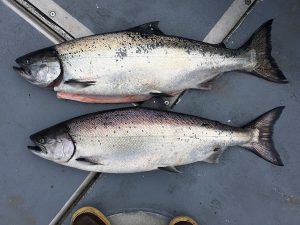 Nearly 20,000 Chinook salmon were accidentally caught as bycatch in the Gulf of Alaska’s pollock fishery, forcing an early closure and igniting outrage among scientists studying endangered southern resident orcas and advocates for wild salmon. Chinook salmon, highly prized for their size and nutritional value, are a critical food source for the southern resident orcas that frequent the Salish Sea.
Nearly 20,000 Chinook salmon were accidentally caught as bycatch in the Gulf of Alaska’s pollock fishery, forcing an early closure and igniting outrage among scientists studying endangered southern resident orcas and advocates for wild salmon. Chinook salmon, highly prized for their size and nutritional value, are a critical food source for the southern resident orcas that frequent the Salish Sea.
Although genetic testing of the caught Chinook has not yet been completed, it is highly likely that fish from Washington’s rivers were among those captured. Pollock, a white fish commonly used in products like fish sticks and fast-food sandwiches, was the intended target of the fishing operation.
The shutdown came after just two fishing vessels surpassed the allowable bycatch limit during the weekend of September 21-22. According to Julie Fair, a spokesperson for the Alaska region of the National Oceanic and Atmospheric Administration (NOAA), the boats were monitored by either onboard human observers or cameras. Starting next year, the entire fleet will be subjected to this level of monitoring.
 Maritime Injury Law Blog
Maritime Injury Law Blog



